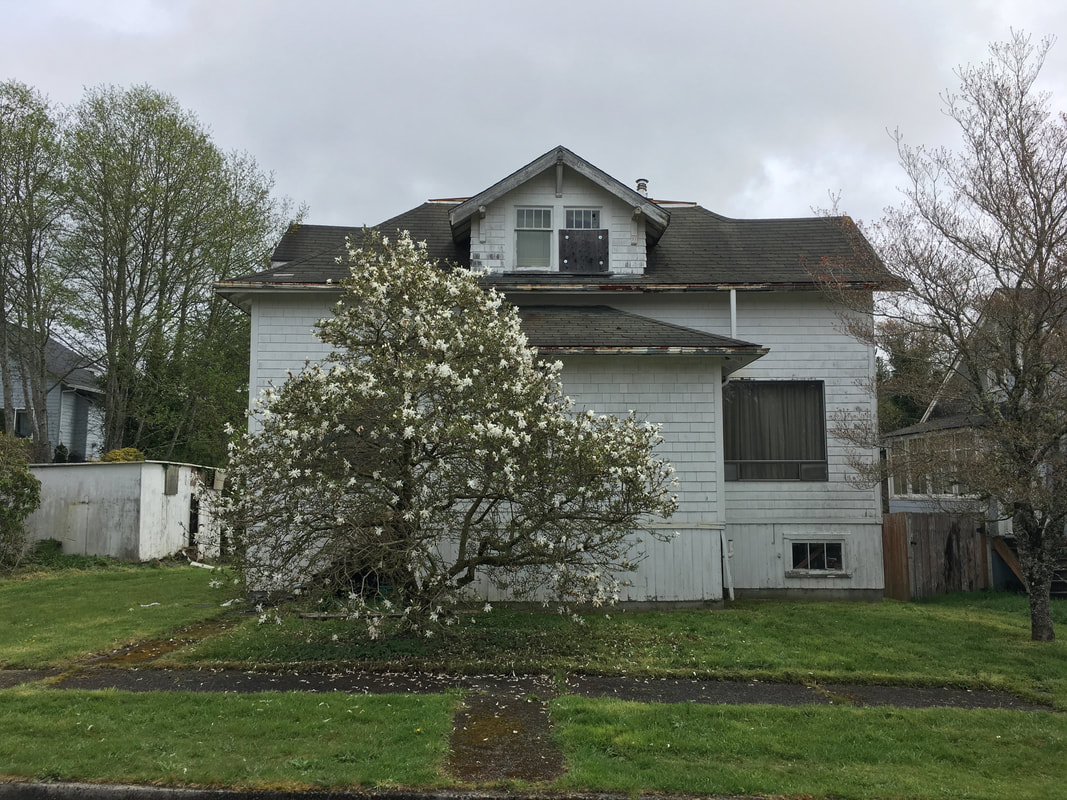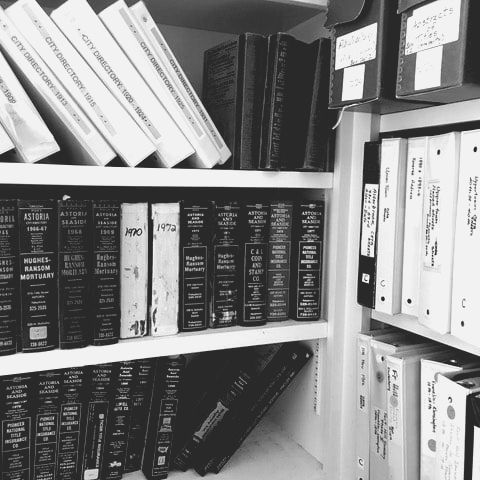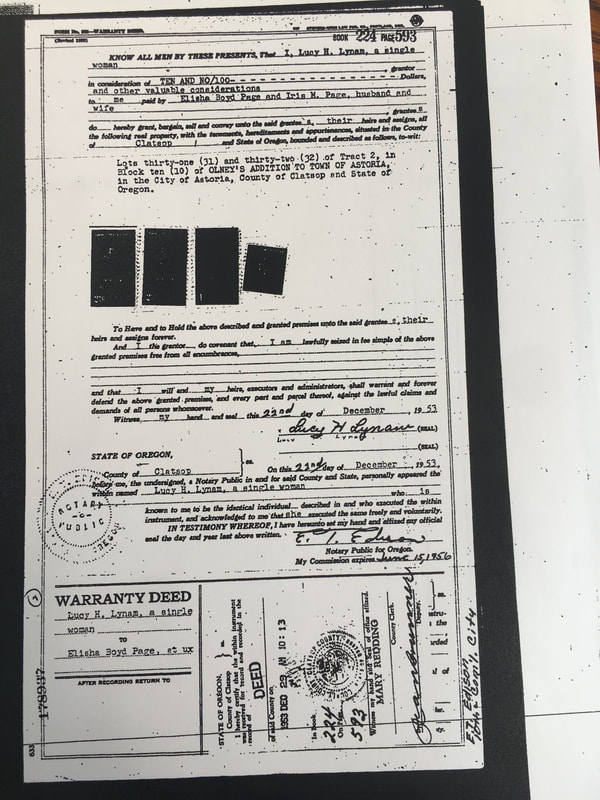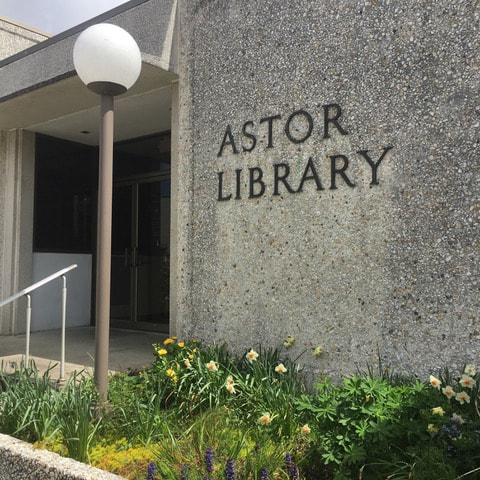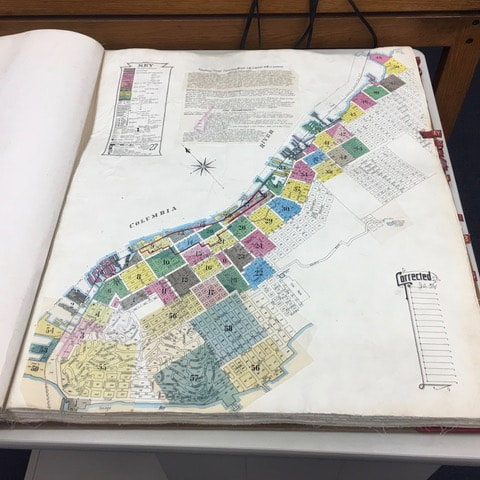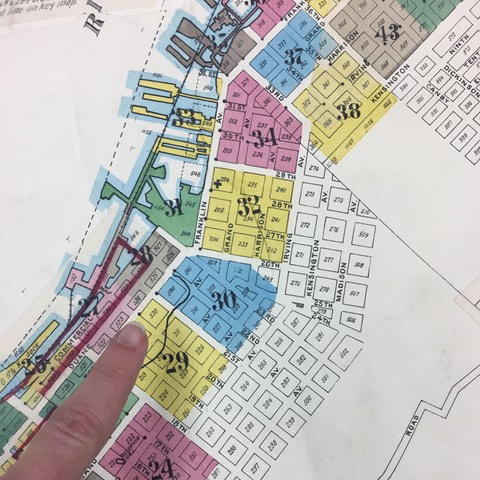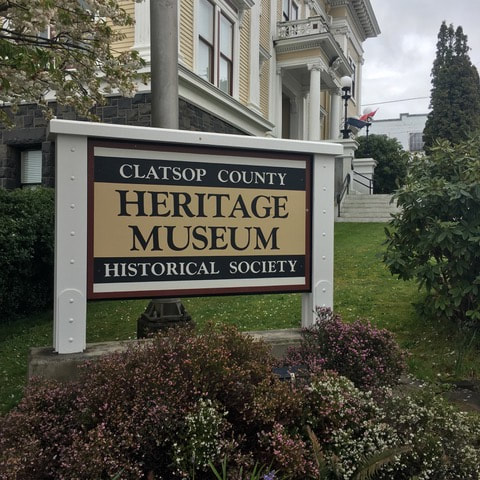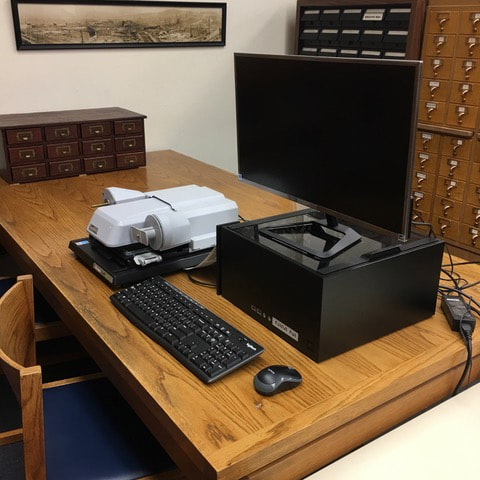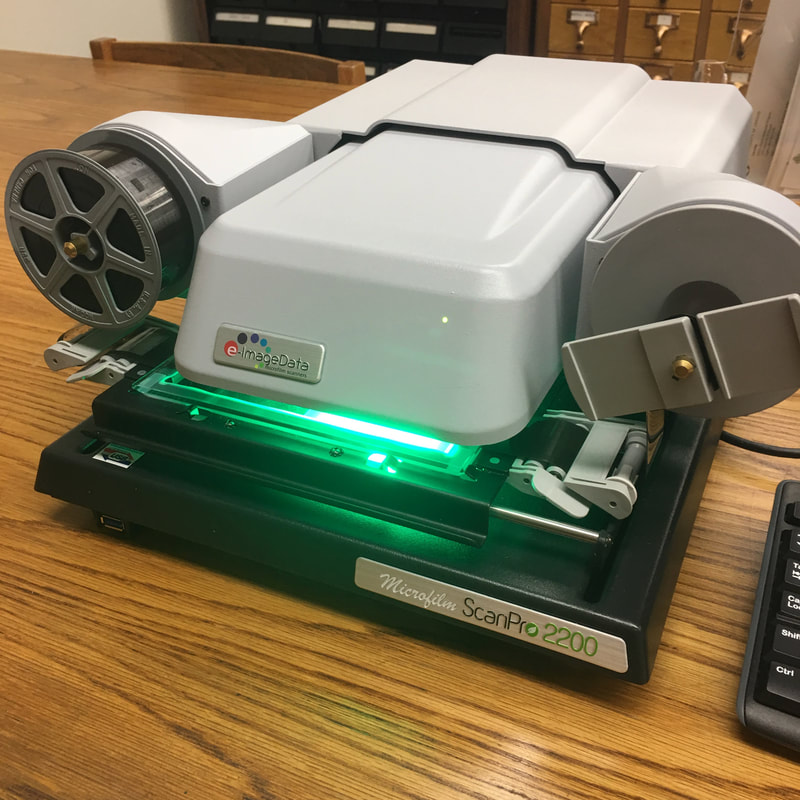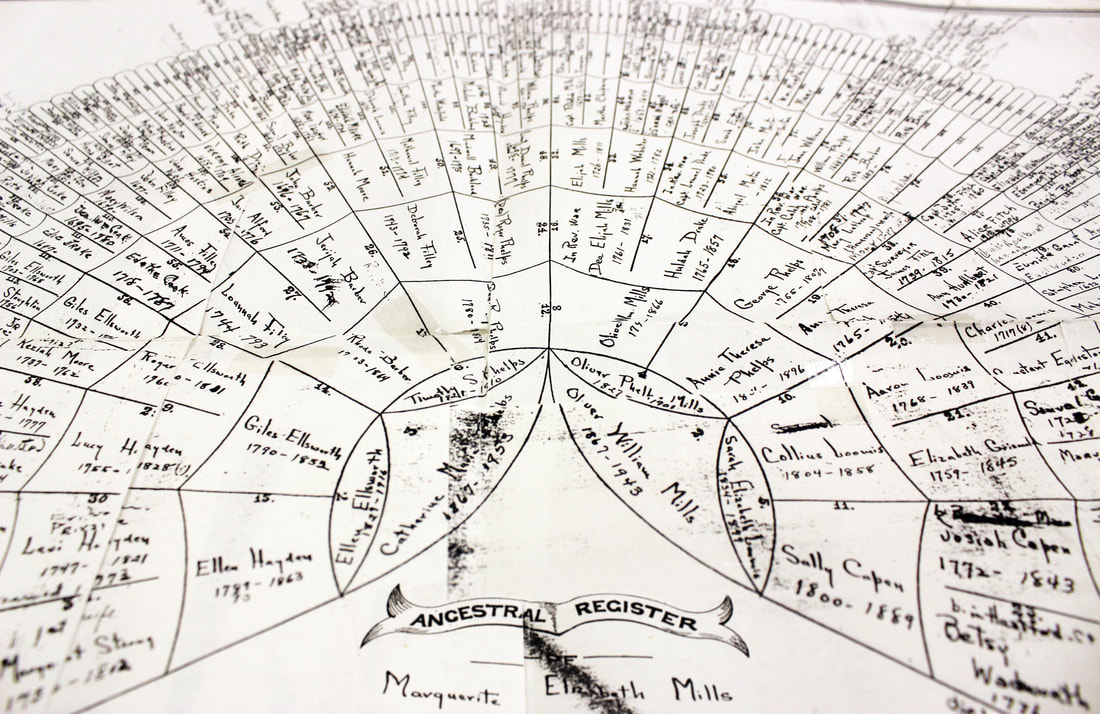Research the history of your home
An in-depth guide for uncovering the history of your home.
This guide is specific to properties within the City of Astoria but many of the steps
are applicablefor Clatsop County in general.
We will be updating this guide to include specifics to reasearch in other Lower Columbia communities in the future.
More concerned about architectural styles than the history of one specific building?
Visit our office. We have a library of resources for you.
This guide is specific to properties within the City of Astoria but many of the steps
are applicablefor Clatsop County in general.
We will be updating this guide to include specifics to reasearch in other Lower Columbia communities in the future.
More concerned about architectural styles than the history of one specific building?
Visit our office. We have a library of resources for you.
